Please excuse my excitement as I share something that I’m proud of.
Welcome to Global Projects

The global economy and technology are transforming the Australian economy and society. The work people do is changing and in order to prosper, skills need to be adapted.
Our workforce is going global and the global workforce is coming to us. Young Australians need global competencies to live and work all over the world in global teams with global clients.
Global Projects help teachers to plan for meaningful deep learning experiences that develop global competencies. They enable the investigation of global events, with many referring to the UN Sustainable Development Goals, answering the call for global citizens who can make a difference in their lives and the lives of others.
Global projects allow teachers to incorporate multiple learning areas, teach the Victorian Capabilities in an authentic context and provide opportunities for students to have agency over their learning.
These projects have been sourced from across the globe and will shortly be published with alignment to the Victorian Curriculum. The work has been done for you. Keep a watch out!
For more information about Global Projects and the implementation in your classroom
contact marilyn@bethinkglobal.com.au
Error: Contact form not found.
Bethink Global brings global issues to the curriculum in an exciting and positive call for globally competent learners


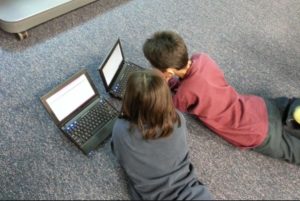

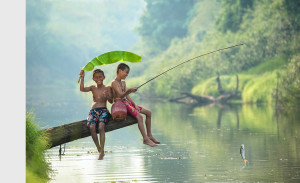
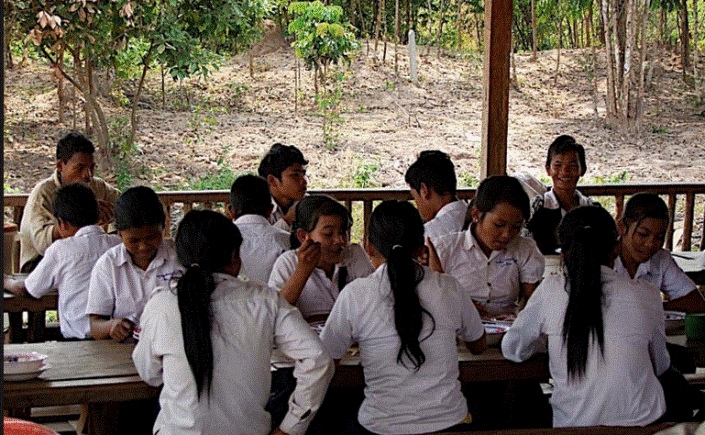
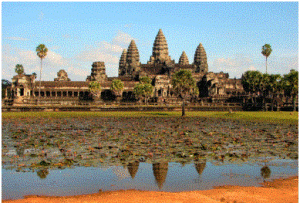
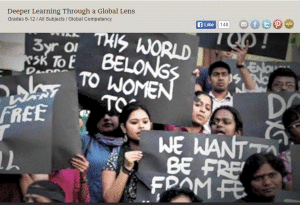
 her, Martha Nussbaum asks, “What makes some societies not only more tolerant of religious and cultural diversity than others, but able to foster respect for difference as a consequence of their understanding of civic freedom?”
her, Martha Nussbaum asks, “What makes some societies not only more tolerant of religious and cultural diversity than others, but able to foster respect for difference as a consequence of their understanding of civic freedom?”